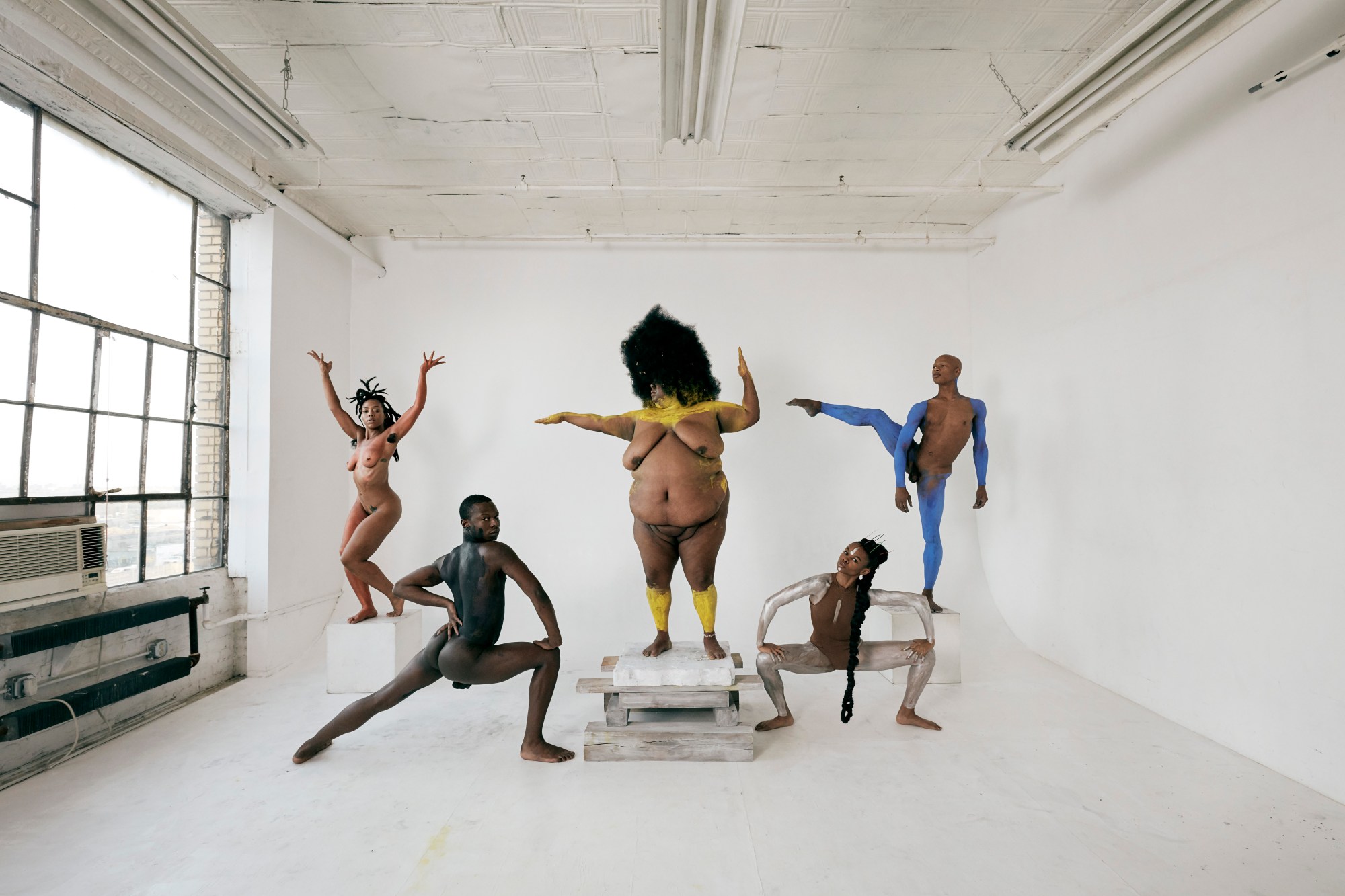Erica Génécé wants to create work that merges the past with the present. The Haitian-American artist picks up her camera to create new futures for those who typically don’t see themselves represented in art. “I think I’ve always strived to see people who look like me in high places,” she says. “In places of inspiration. In places of strength, of beauty. To see those who look like me in those places is to see myself and everyone I know in those places.”
Erica grew up on Long Island, New York, before moving to Brooklyn as a young adult. She’s had a camera in her hands as long as she can remember — “There’s evidence of me photographing and directing my cousins at a very young age” — but it wasn’t until university, whilst majoring in something completely unrelated, that she decided to go full force into photography and filmmaking. In the years since, she’s kept her practise varied and open, shooting personal projects and portraiture, as well as commercial work and fashion.
Recently, she left Brooklyn for a cabin in upstate New York to suit her quieter tendencies. “The lockdown allowed me to take time and actively reframe my mind to be okay with whatever comes, to take time for myself, to be able to create things outside of the medium of photography,” she says. “I love being in nature, food, travelling, learning about history and culture and how music ties into it all,” she adds, “and I love finding connections and ties between cultures.”
Marble — Erica’s new photography series, presented for the first time below — does just that. Inspired by traditional sculptures and statues and what they say about historical beliefs around beauty, Marble seeks to challenge what, or who, qualifies as fine art and ties together these two mediums (and two realities) with beautiful ease. The name alone inquires who we expect to see carved into the ultimate “cultural symbol of tradition and refined taste,” as it is often described.
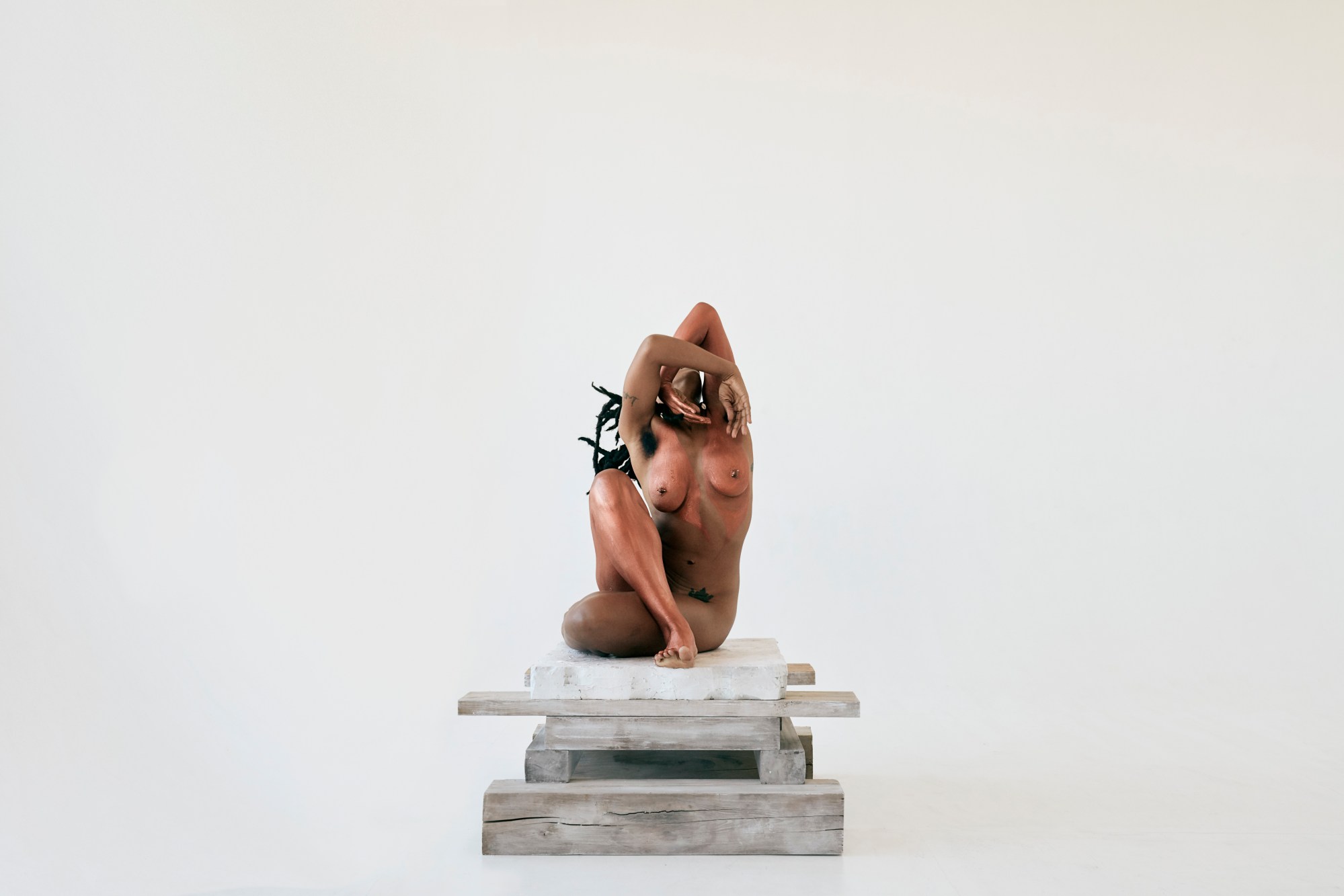
When conceptualising this story, Erica thought about Haiti and the small sculptural work of local artisans found in people’s homes across the country. “I was inspired by Haitian statues of all kinds,” she says, “from well-known ones like ‘Le Marron Inconnu‘ by Albert Mangonès, to the work of small Haitian artisans I’ve come across; and the sculpture-monument work of tribes in Africa prior to colonisation.” She wanted to bridge the gap between these objects and the European sculptures of the renaissance era held as sacrosanct pieces of art. “David” by Michelangelo and “Venus de Milo” by Alexandros of Antioch, for example, as well as classical Greek designs like The Parthenon Marbles by Phidias.
There are lots of sculptures in the diaspora’s history that have “never been given the same amount of praise as sculptures of other bodies,” Erica explains. “European sculptures have always been praised and housed in museums around the world, but I found it difficult to find anything more than busts of Black subjects in those buildings. The full-body sculptures I see of Black bodies are typically in their countries, and not as much in galleries or museums. Not in fine art or classical spaces.”
Each of her five models — all dancers — embody the proud shape and form of these sculptures, each nude, their bodies painted in ways that create illusions of where outstretched limbs begin and end. The dancers glide gently through the air to create a serene atmosphere reminiscent of the cavernous gallery spaces that are home to the artworks mentioned above. “I love working with dancers,” Erica adds. “The five dancers in this project come from various dance backgrounds. The melding of the different styles — from classical to hip hop, contemporary, and everything in-between — into a classical beat shows a beautiful juxtaposition and highlights strength and power in movement, as well as beautiful softer, more internal breaths of air — all things speaking to the experience of people of colour swallowed in a culture that always excludes them.
“Being on set that day felt therapeutic,” Erica finishes. “The dancers really released their feelings and gave themselves to the moment, just as much as I did.”
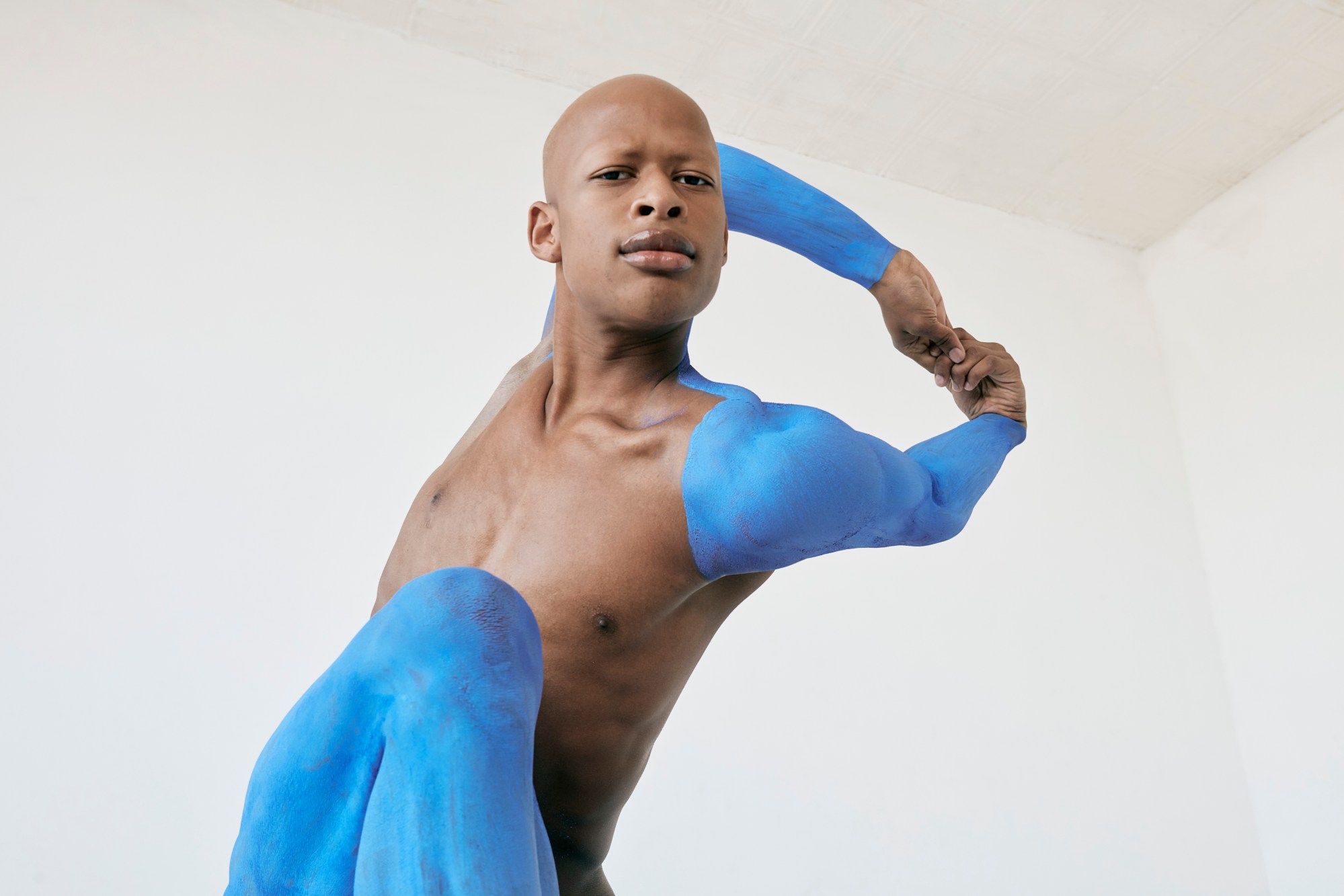
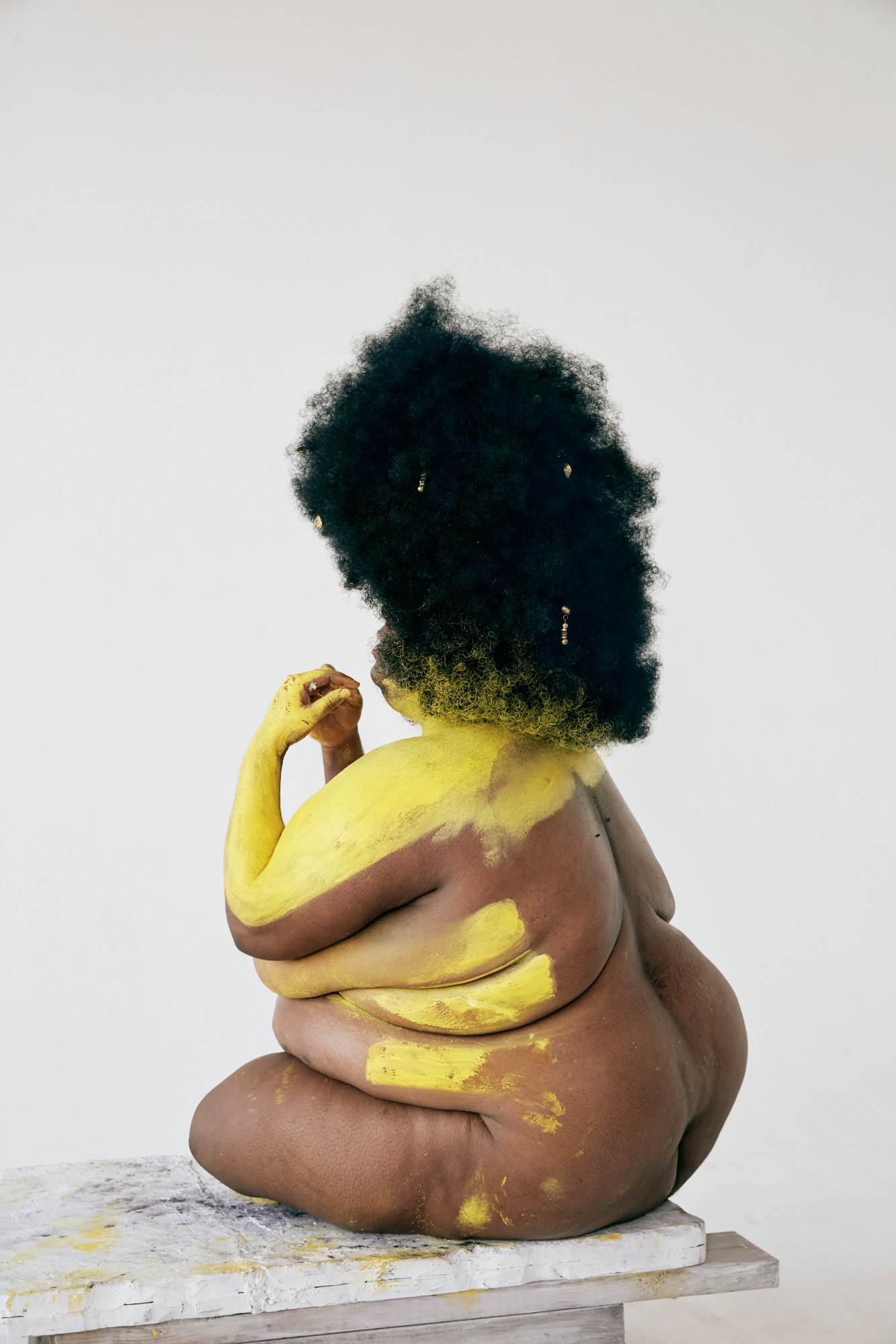
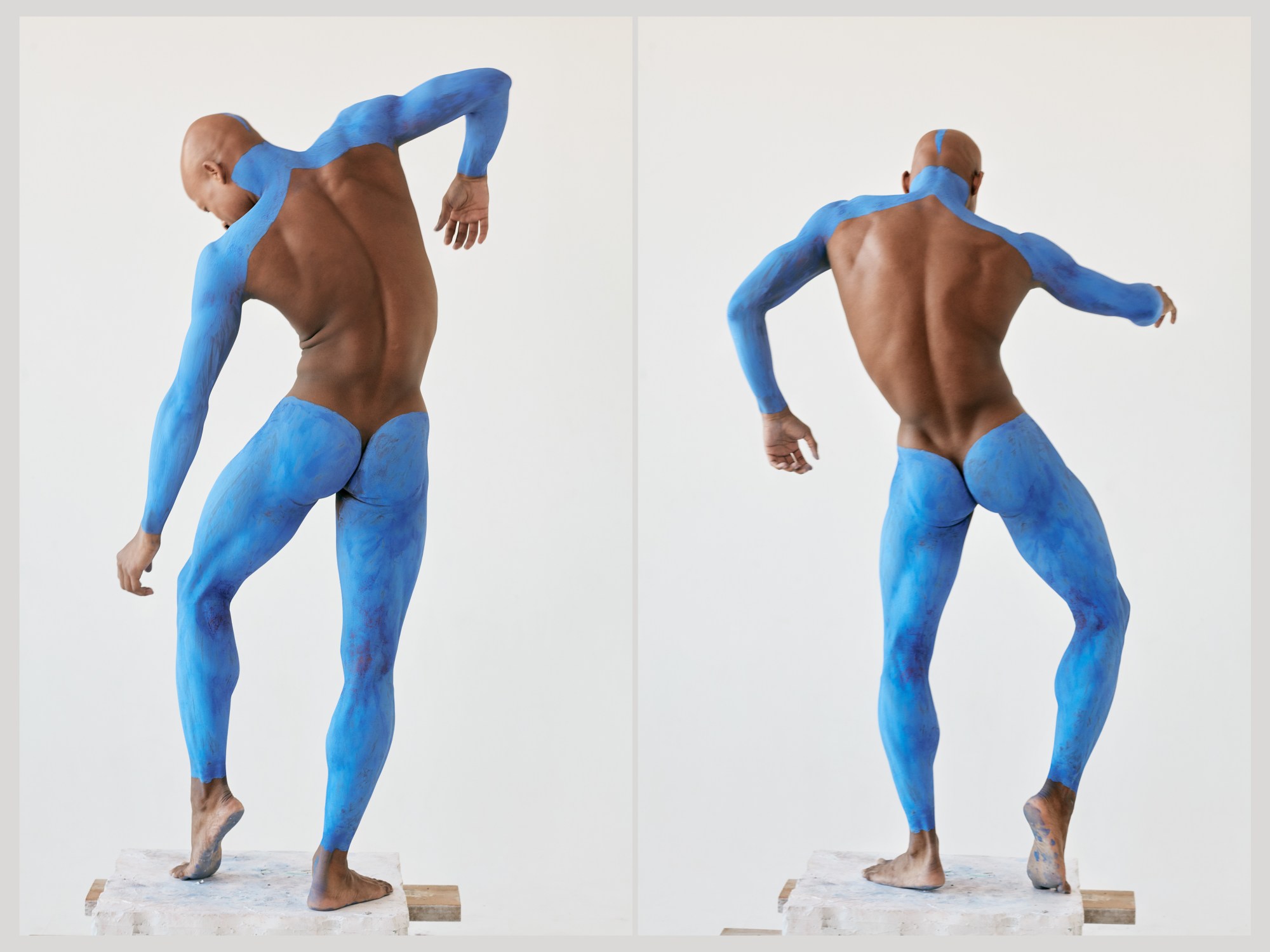

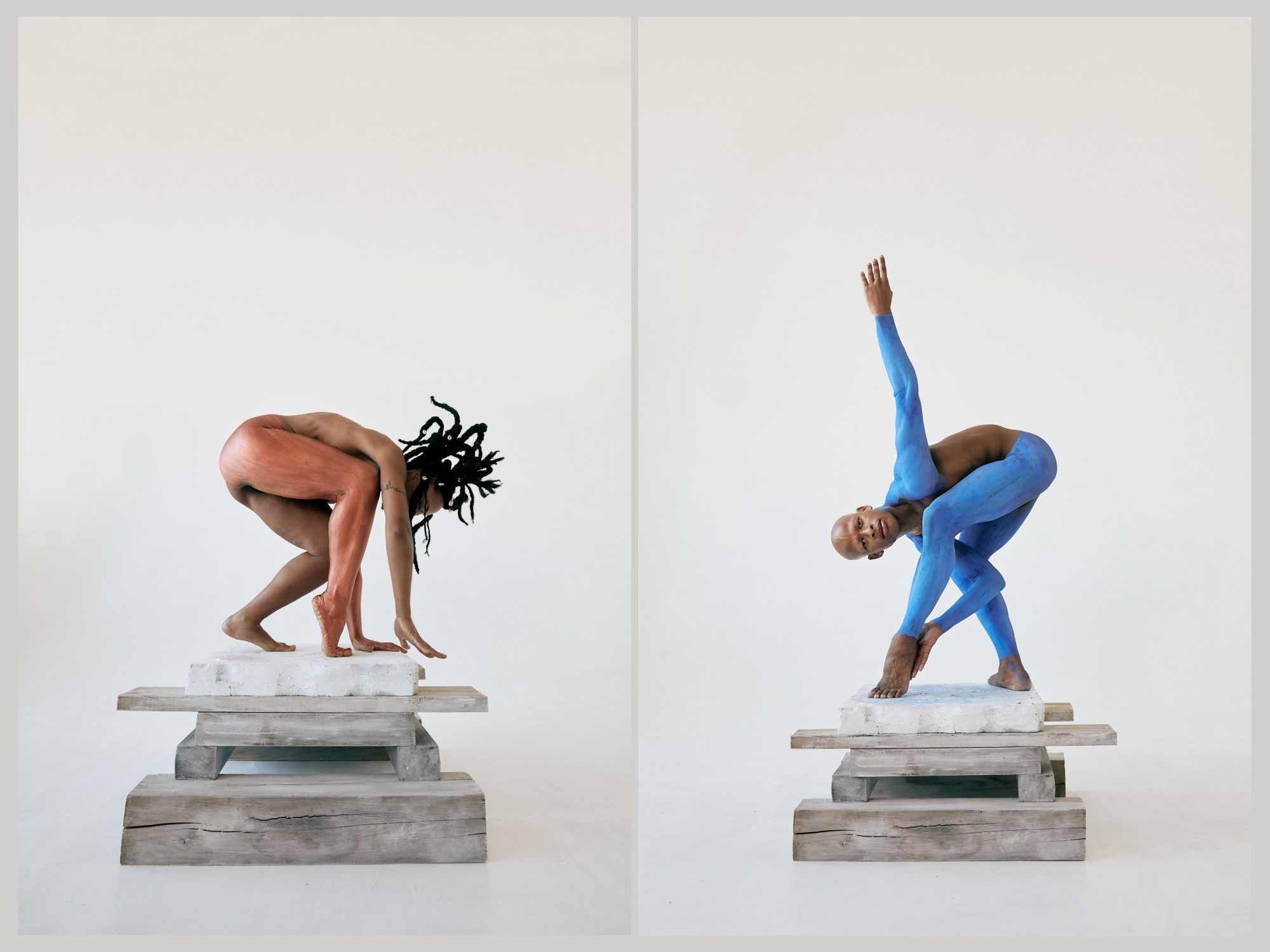
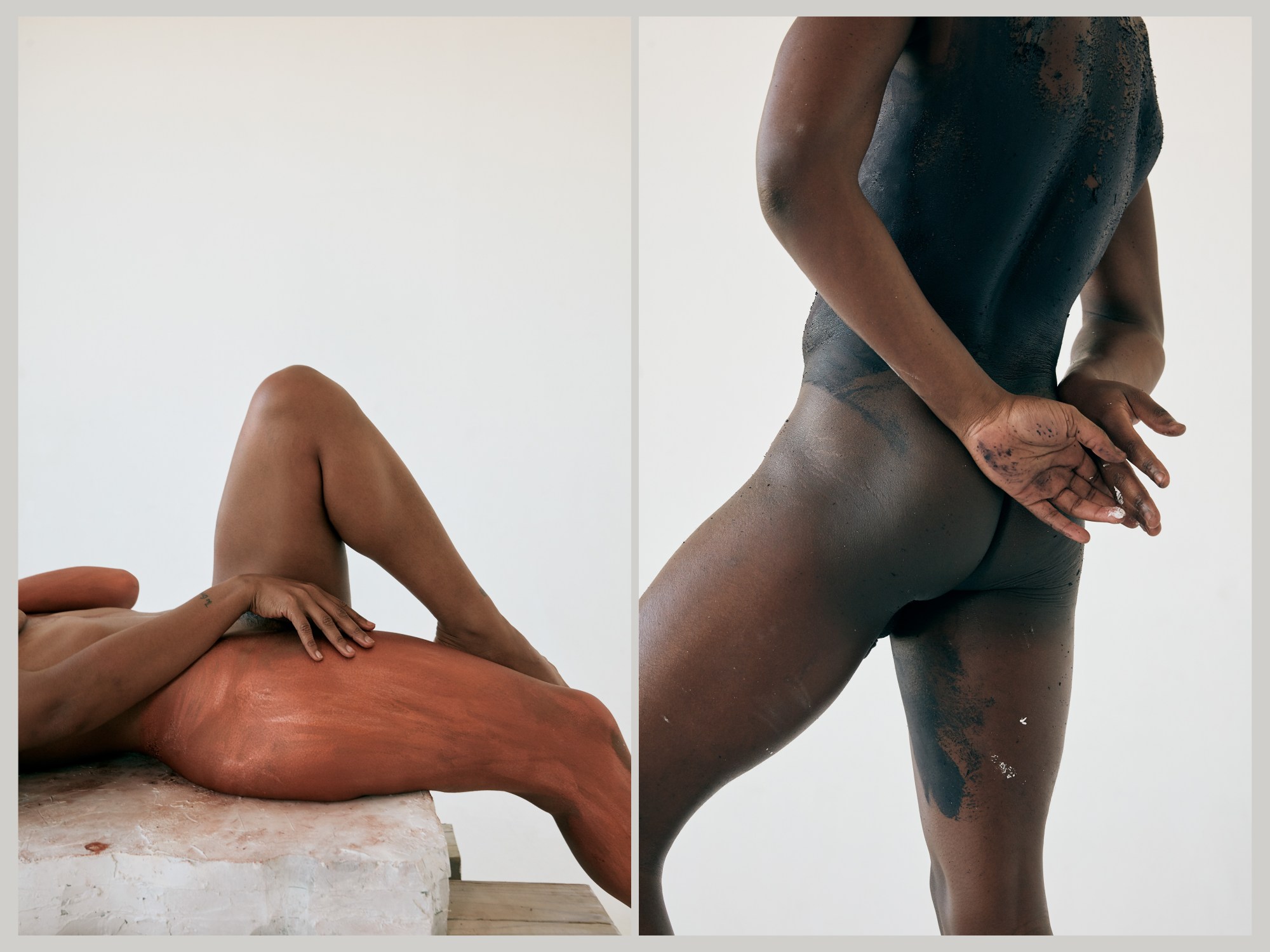
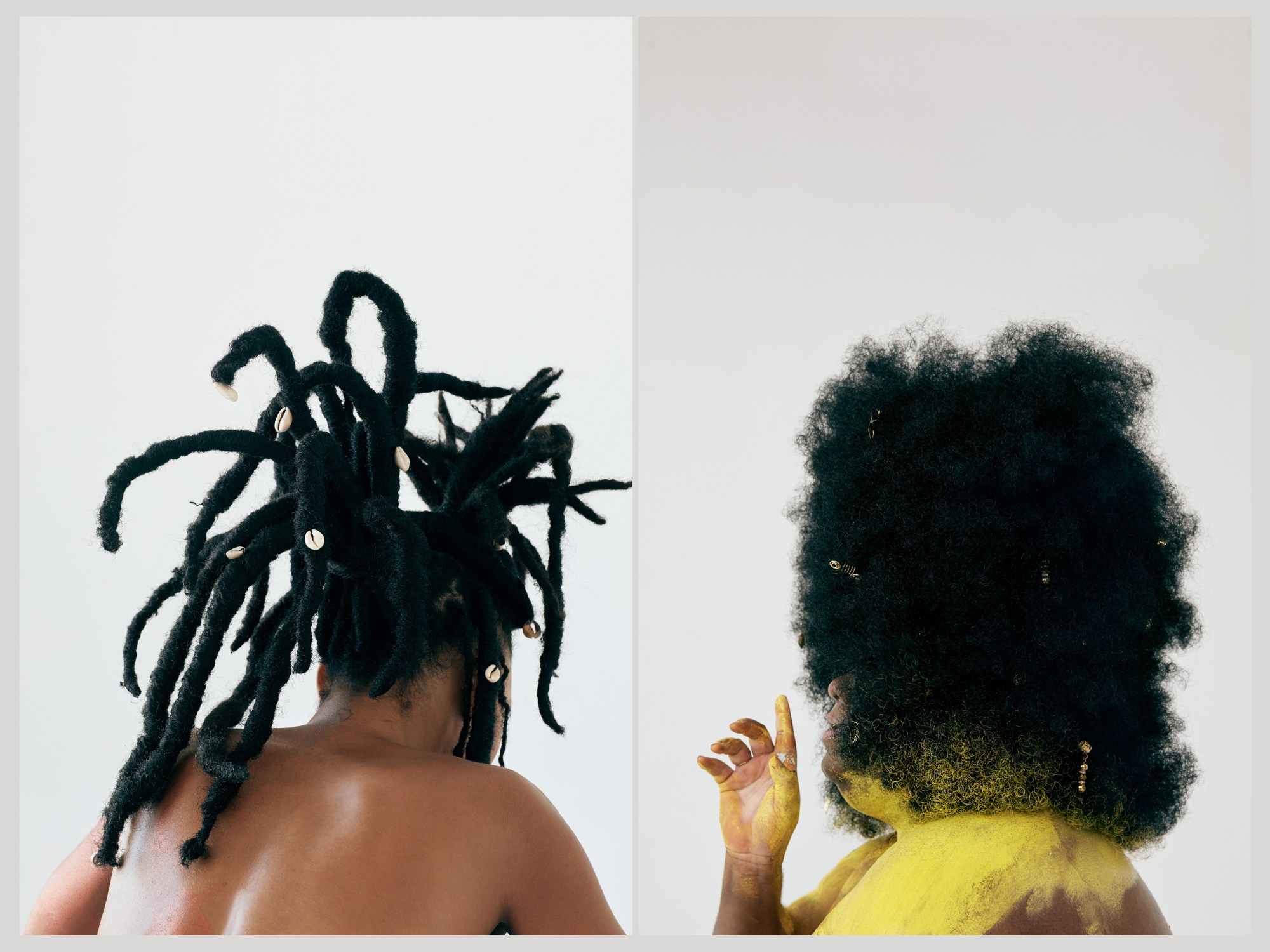

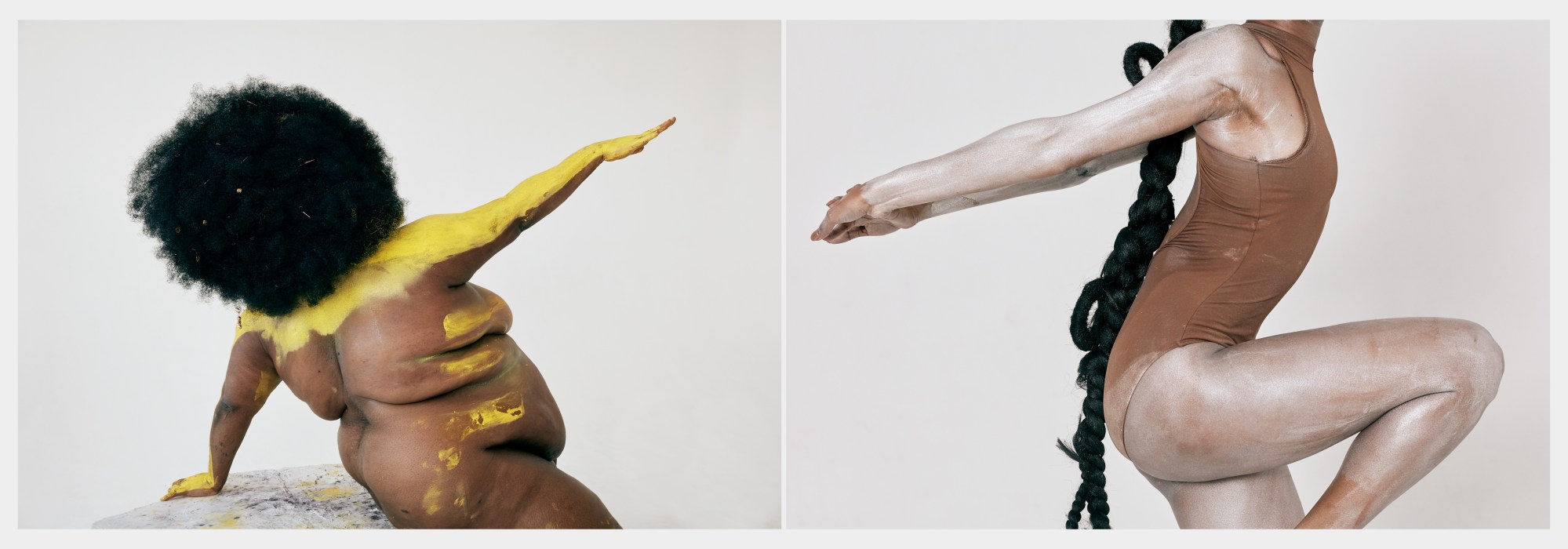
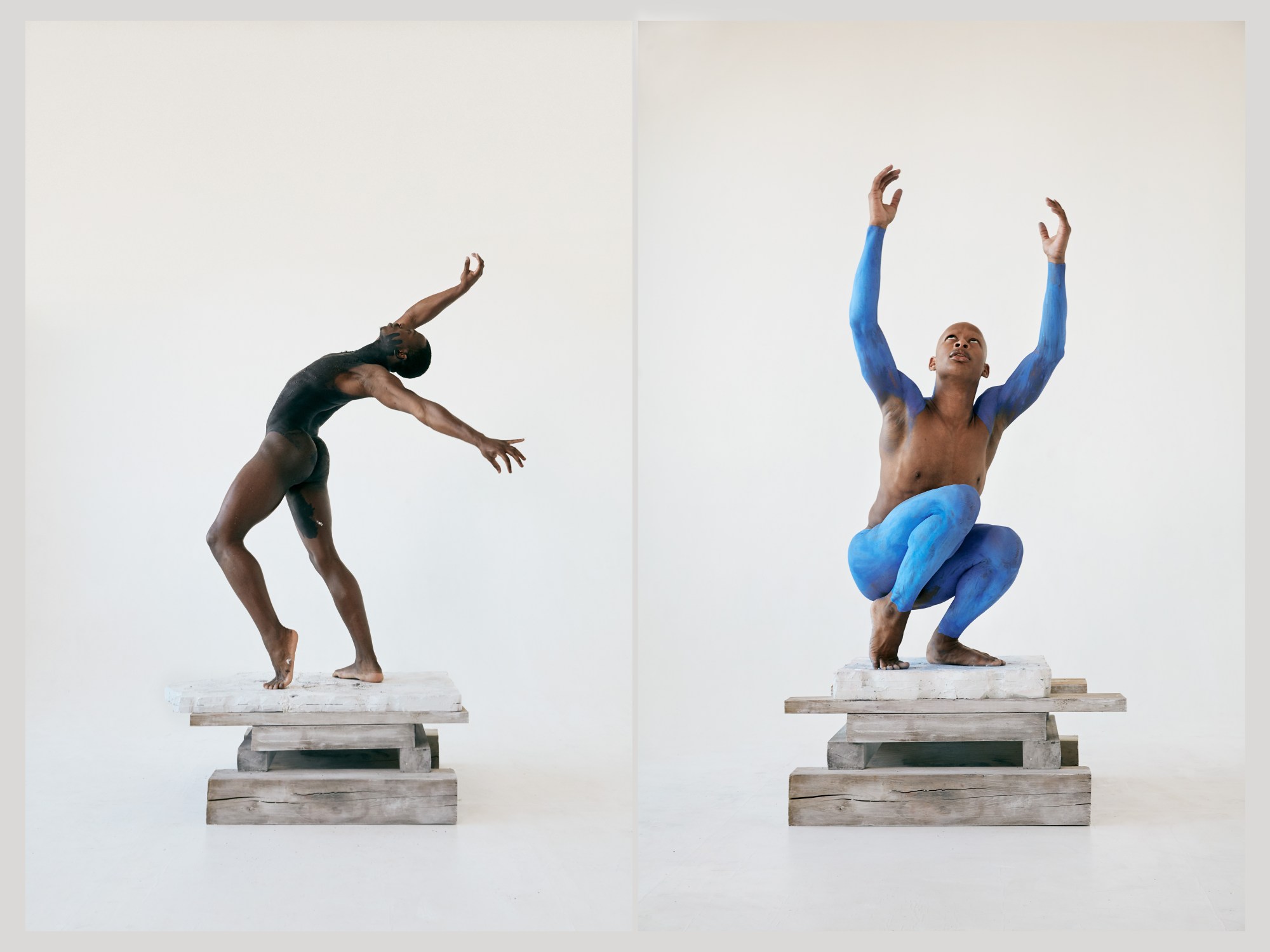
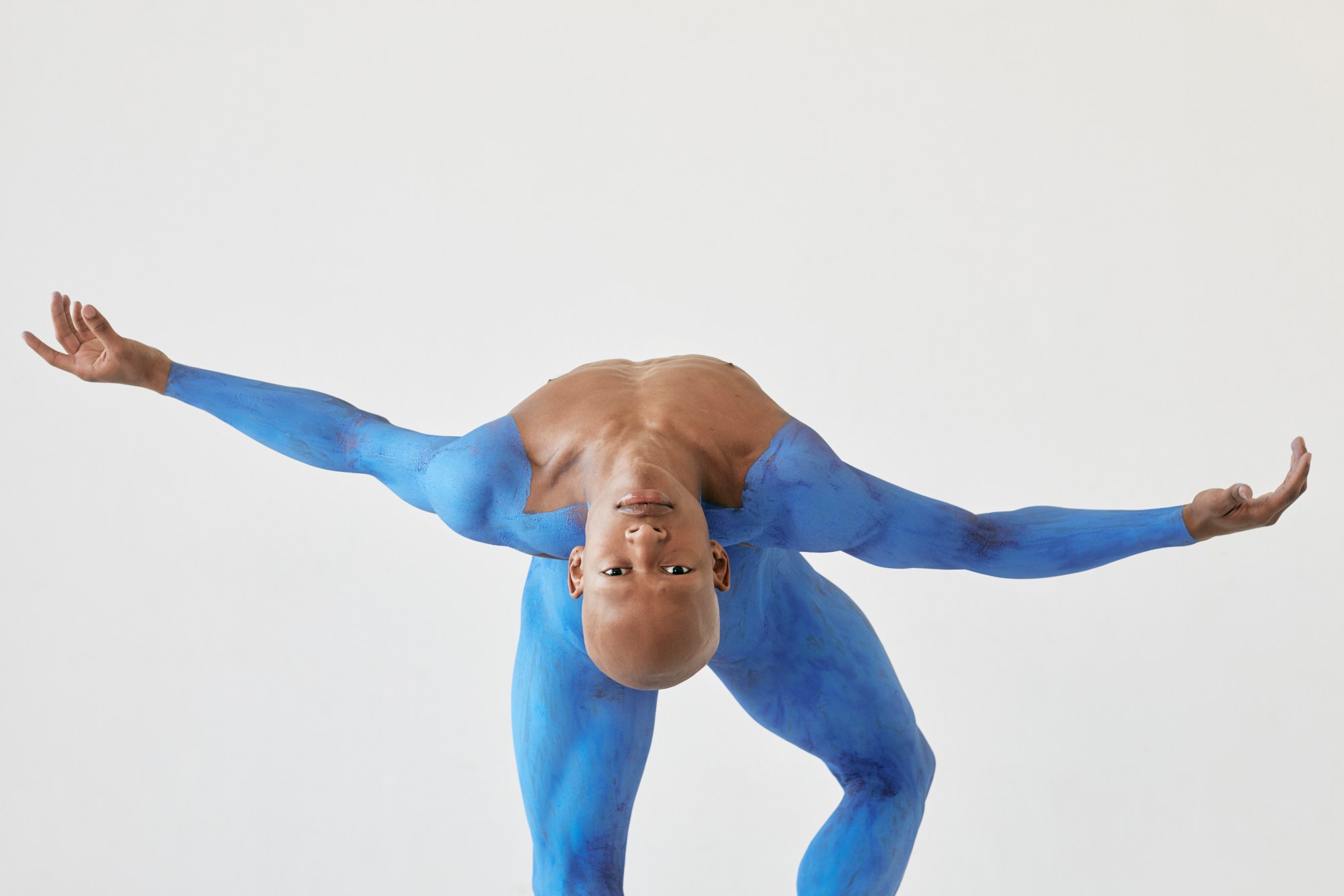
Credits
All images courtesy Erica Génécé
Dancers Synead Cidney Nichols, Ian Rolen, Cathleen Meredith, Ashley Rose Nicholas, Patrick Gamble
Makeup LB Charles
Hair Anike Rabiu
Set Design Monica Guerrero
Photo asst Alessandro Costantino
Production asst Priscilla Torres
